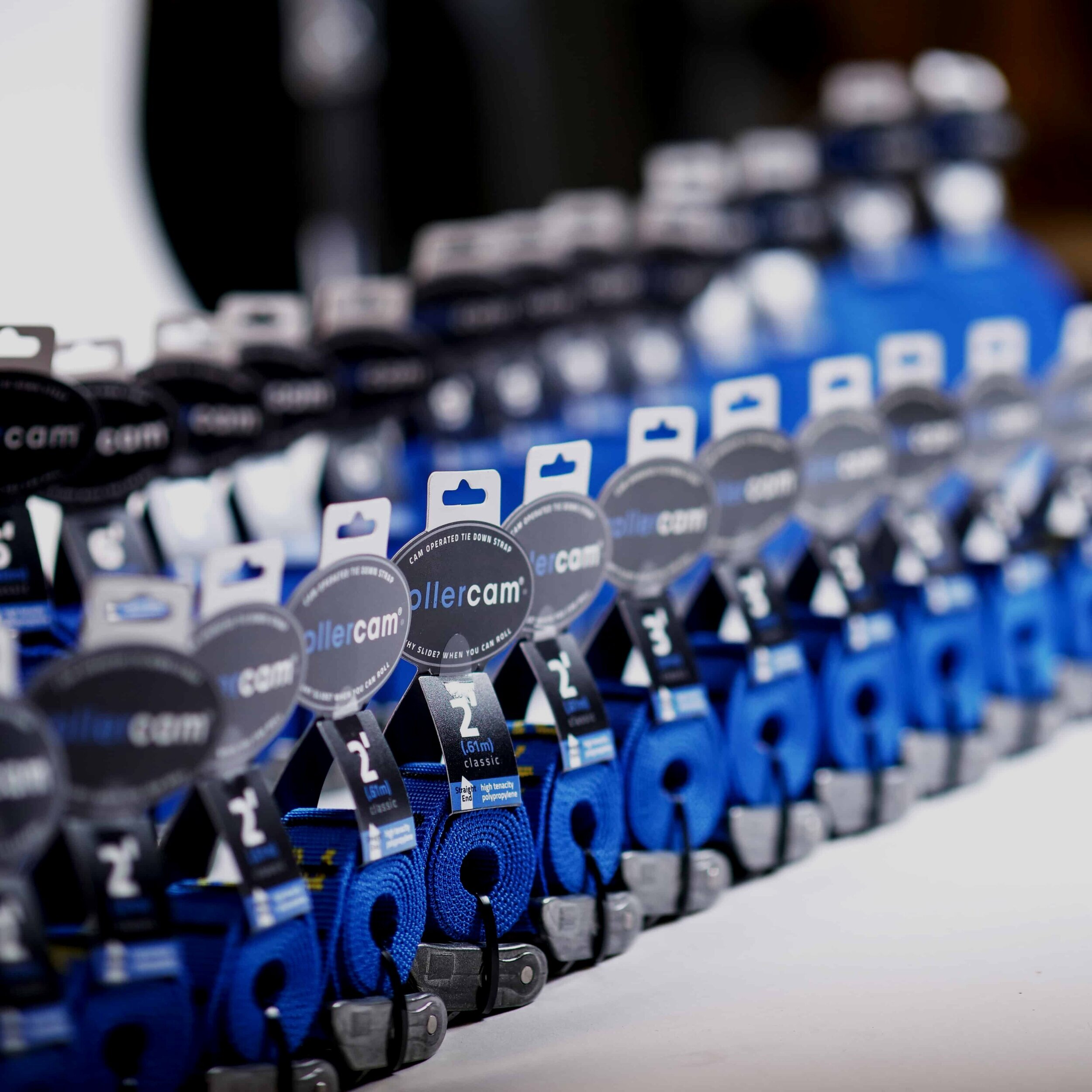Tips for Securing Gear to the Top of Your Vehicle
The roof of your overlanding vehicle is ideal for carrying cargo and freeing up valuable interior space for a more comfortable journey. But don’t throw gear up top without thinking the securement process through. You need a plan.
How you carry gear on the top of your vehicle will depend on vehicle design, how much weight it can hold, the types of gear you are taking with you, etc. As you make your packing plan, come up with a list of supplies and equipment you'll need to make it all work.
Bags and Boxes
Depending on your setup, you might prefer bags or storage boxes like hard-shell cargo carriers. Bags offer more flexibility; they are more forgiving; they are easier to put up and take down. The big downside is that luggage bags are not always waterproof or proofed from the changing elements.
Boxes are ideal for more experienced and rigged up overlanding vehicles because you can secure them once and keep them tightened up from trip to trip. They also come in many different sizes to accommodate different gear types.
Cam Straps Over Rope
We also recommend using Rollercam cam straps rather than rope or bungees or ratchet straps as tie-downs. Cam straps are easier to use and more evenly distribute pressure across the top of your load. By contrast, ropes can be clumsy, bungee cords can snap and damage gear, and ratchet straps might over- or under-tighten around your gear. Leave ratchet straps for professional truck drivers and their flatbed loads.
We recommend our Overlanding Tie Down Kit to get you started with all your cam strap needs, or our Overlanding Pro Kit to really make sure your gear is secured
Use a Roof Rack
Unless your overlanding vehicle is a custom build with a reinforced roof, do not load gear directly on top. Use a roof rack. Factory-installed roof racks are a good start. However, you may need to add some extra support. Whatever you do, make sure your roof rack has crossbeams.
In the absence of a factory installed roof rack, you can install your own. It is definitely worth spending some extra money to get a good piece. You want one more than capable of handling the weight and standing up to the pressure created by your tie-downs.
Pay Attention to Load Limits
Both cam straps and roof racks come with load limits. Cam straps can only secure so much weight in place. Roof racks can only support so much weight. You need to be familiar with both.
Cam straps and roof racks are rated by manufacturers according to industry standards. Know and understand those ratings. If you need help, ask your dealer or look online for educational resources.
Another tip in regard to weight limits is to not push them. The best strategy is to keep roof loads to a minimum so as to keep weight down. The less you carry on the roof, good. The more strategically you pack what’s on your roof, the better.
Regularly Check Your Load
As you travel, learn a lesson from professional truck drivers who are required by law to check their loads on a regular basis. How often should you check? We recommend checking every time you stop. Check when you are refueling and stopping for meals. Check when you stop to take pictures. Check in the morning before you head out for the day.
Your vehicle's roof is a valuable place to carry cargo on your long overlanding trips. Use the space wisely. Make sure you are using an appropriate roof rack and high-quality cam straps. With the right equipment and a good packing plan, you can utilize that roof space to maximum advantage.




